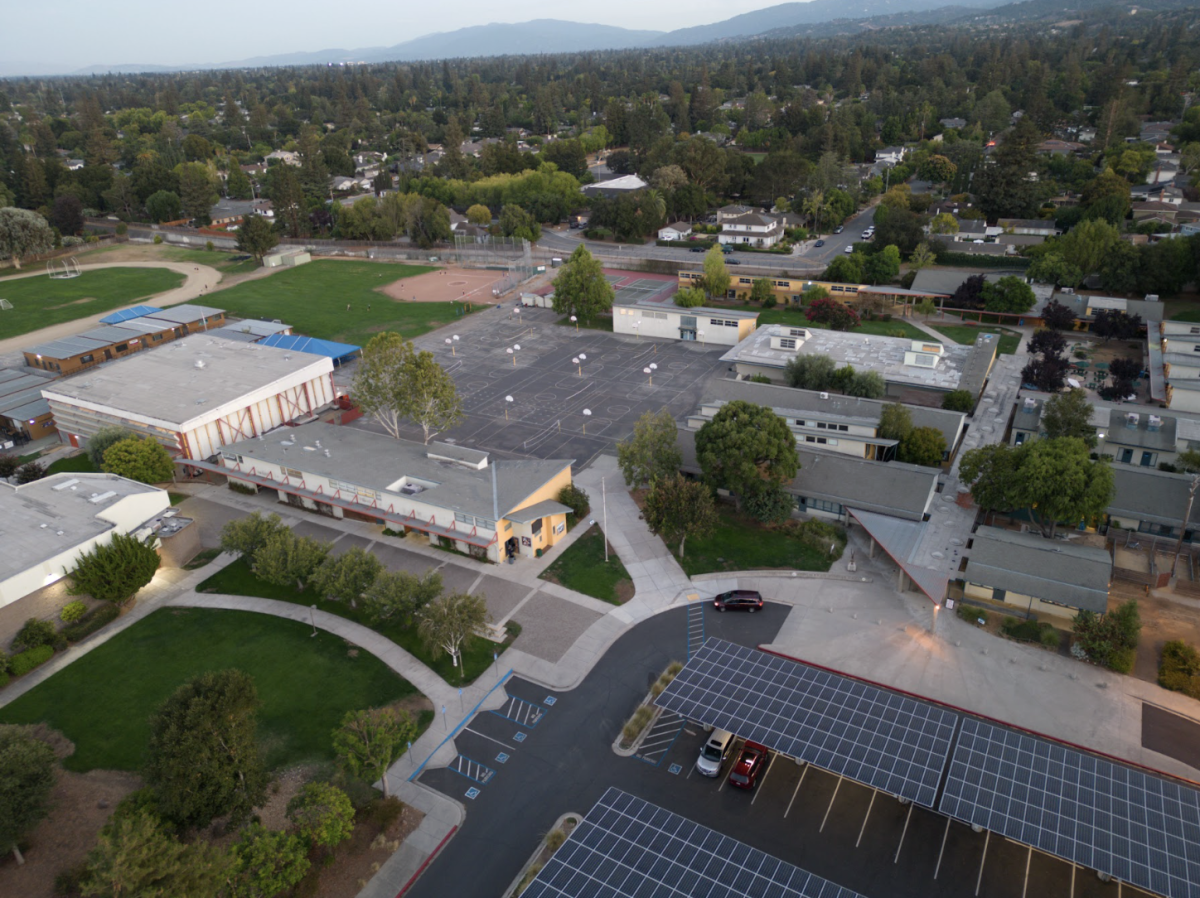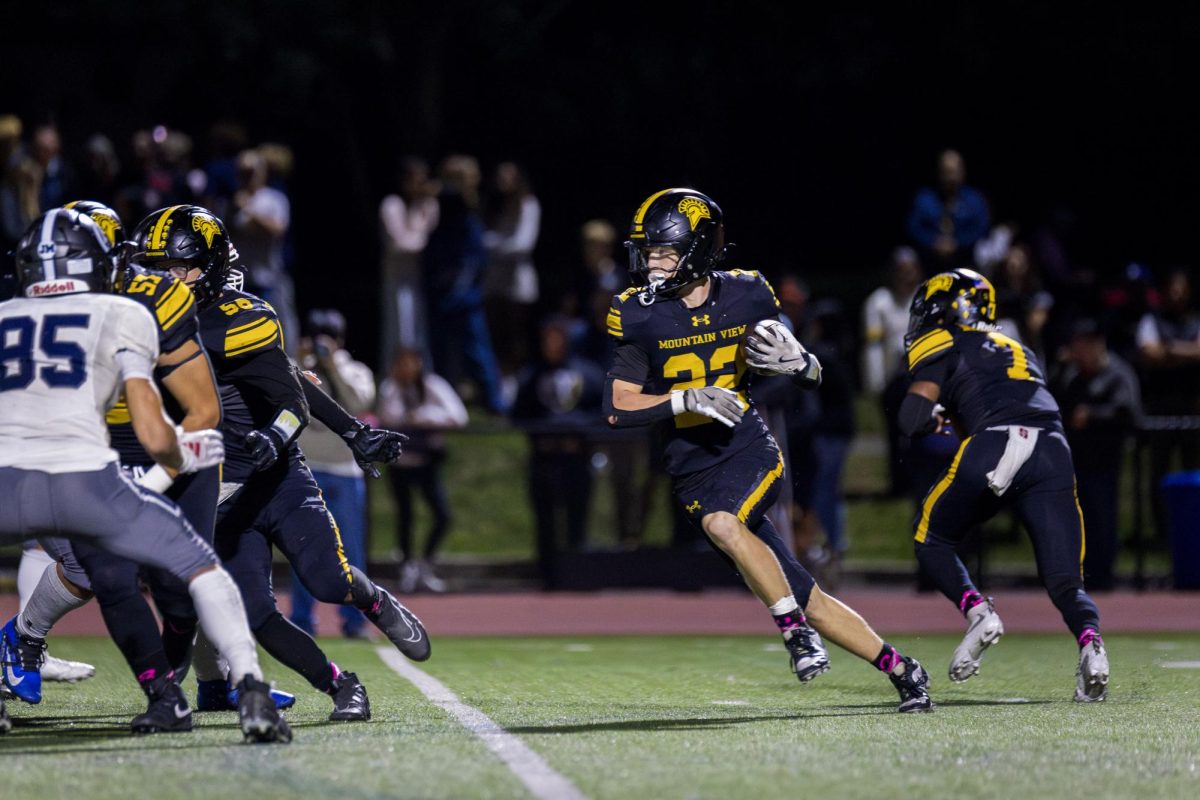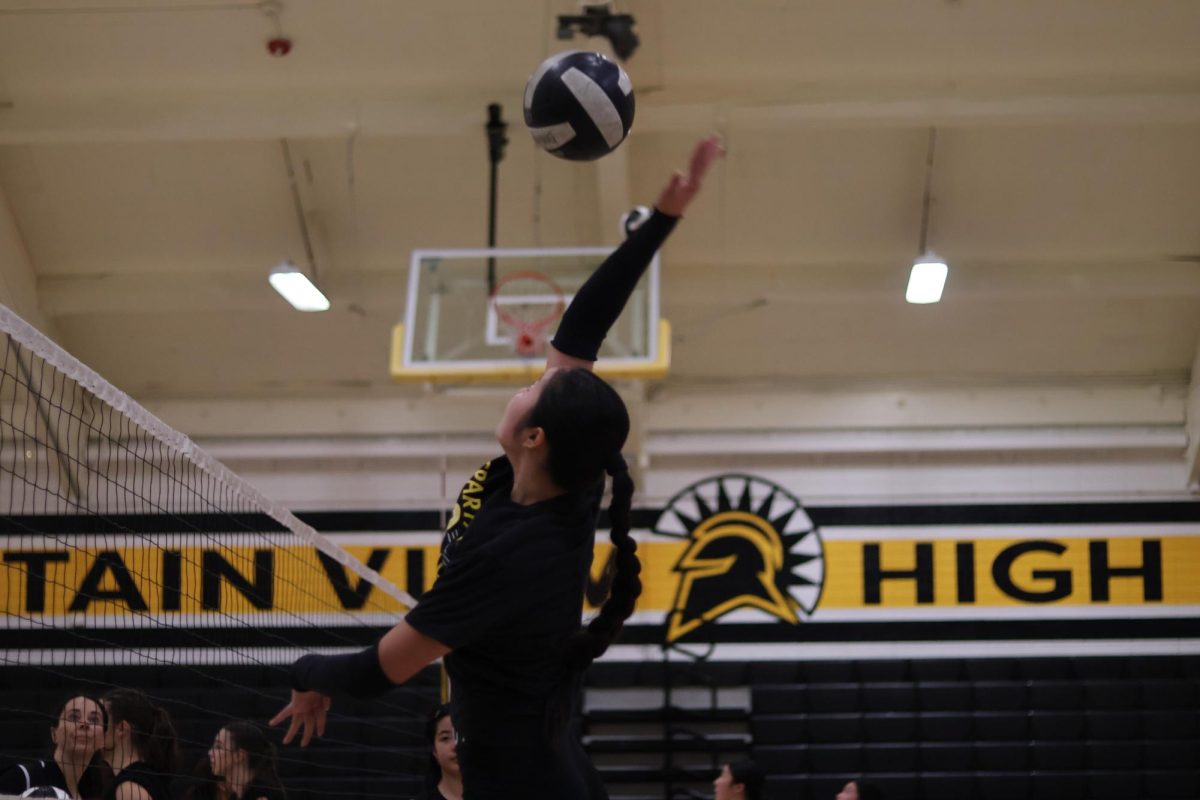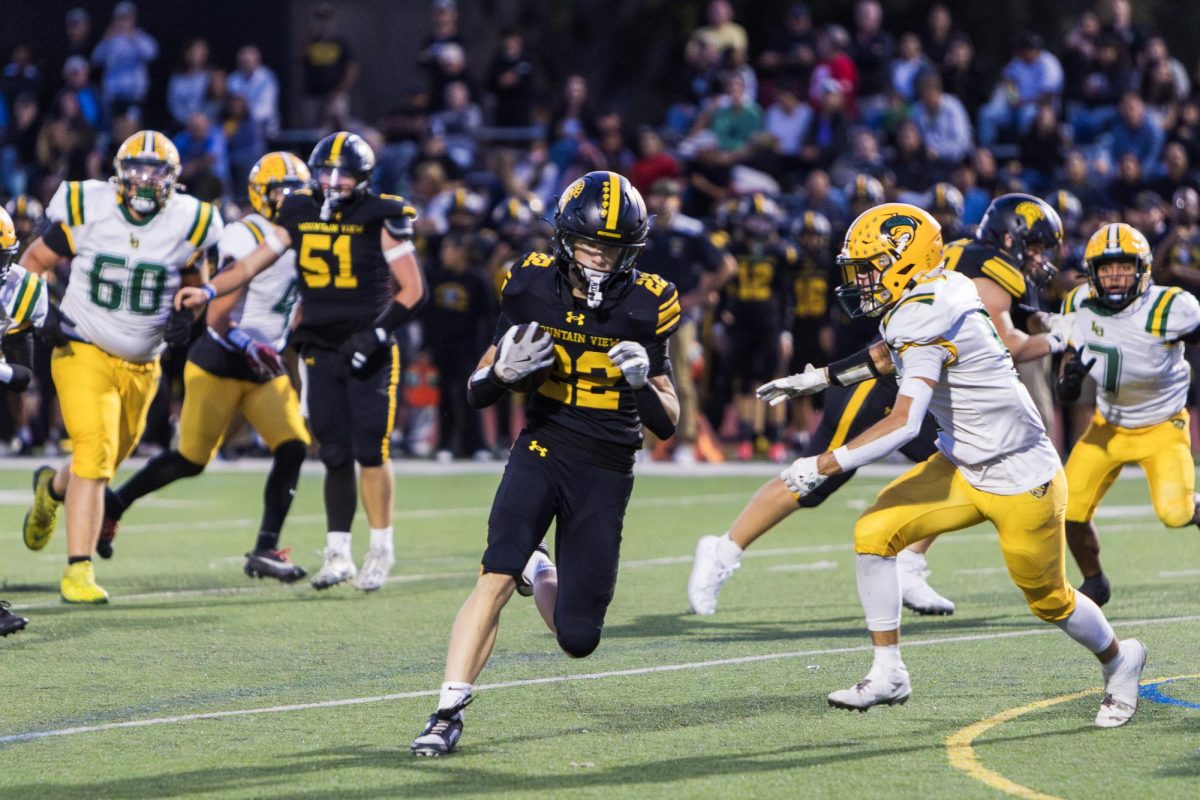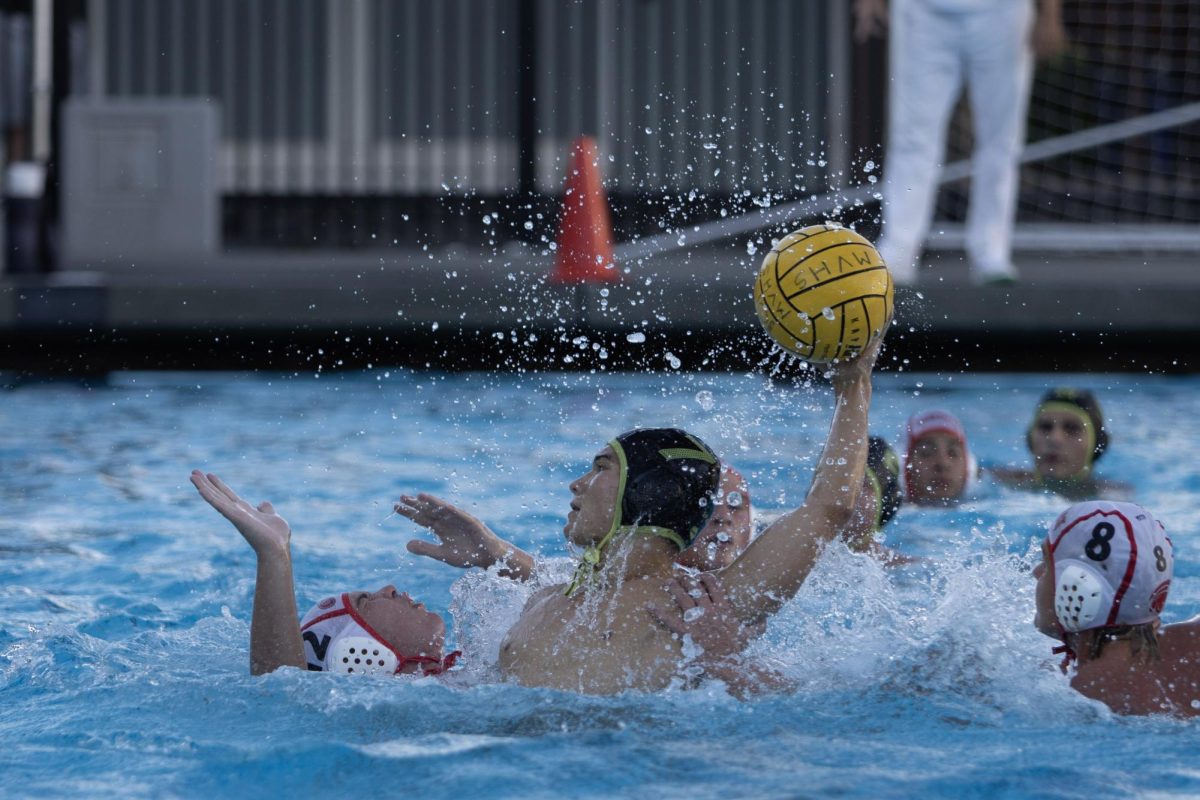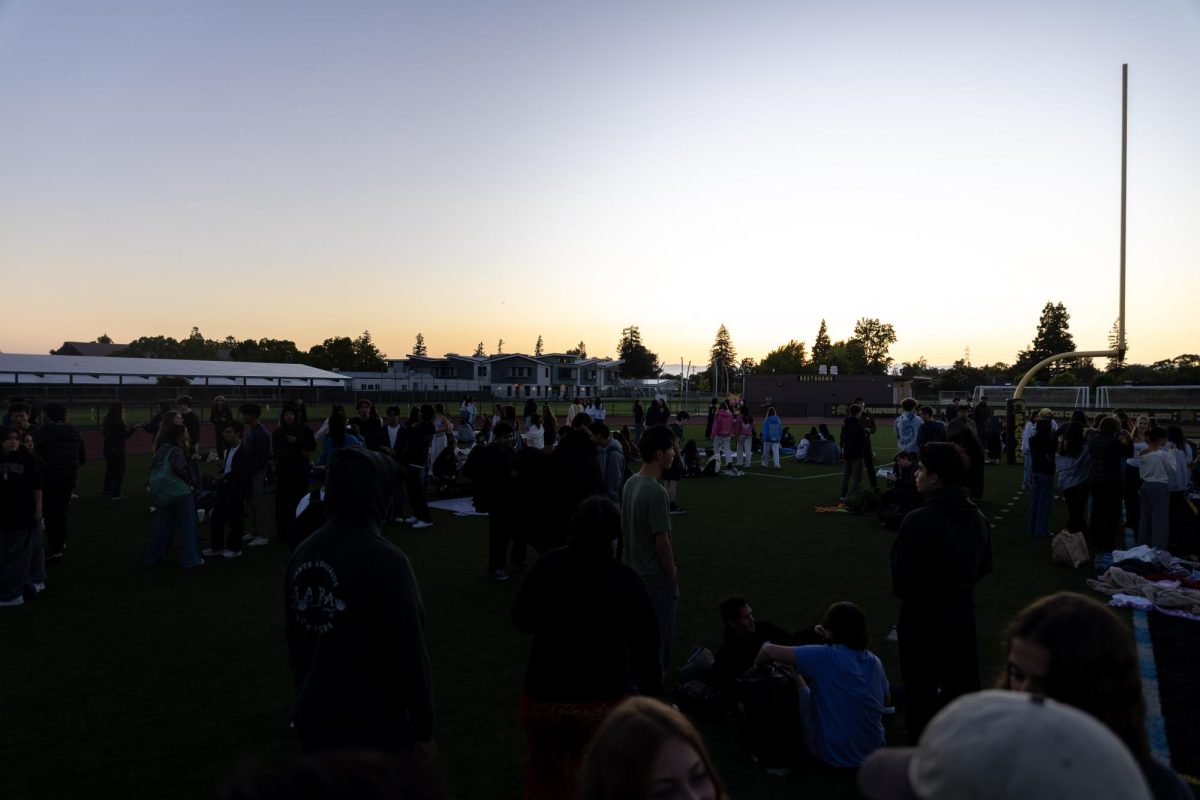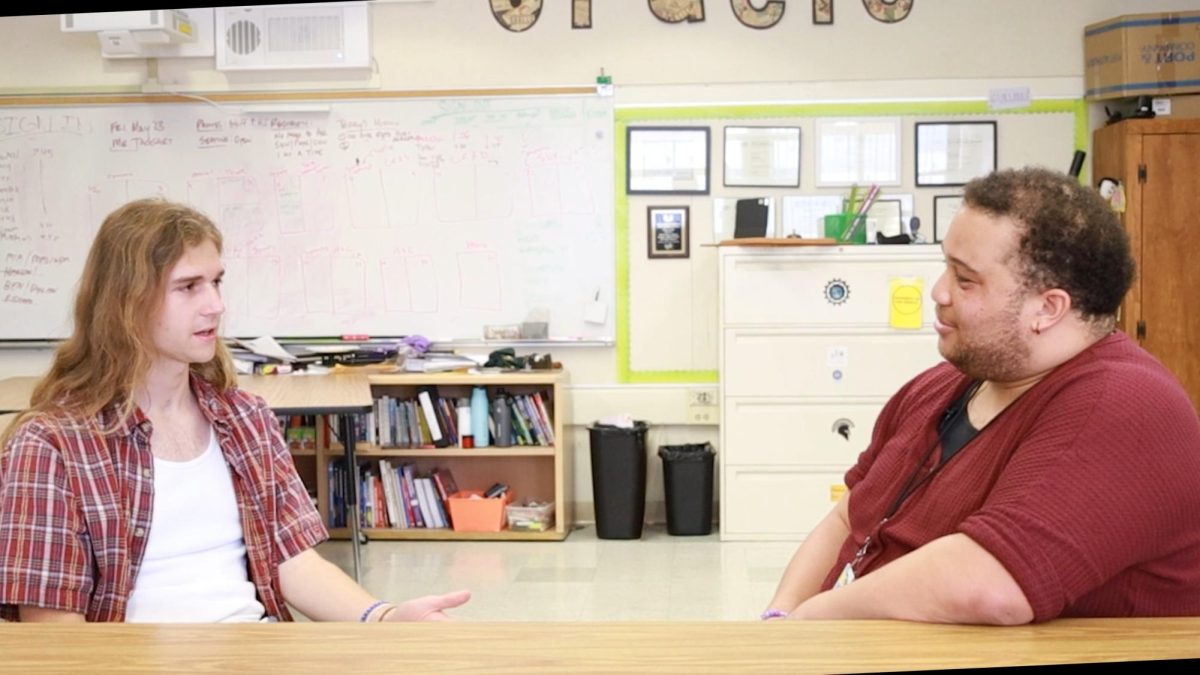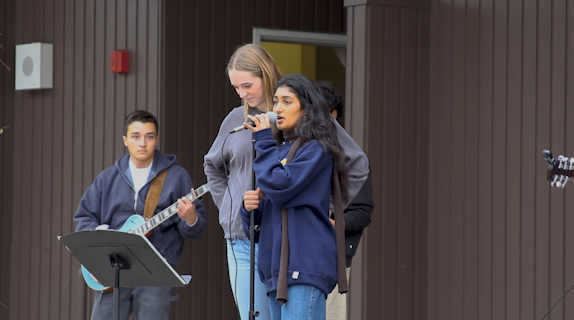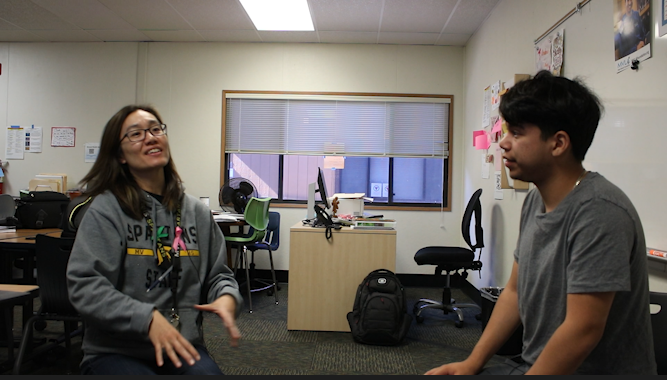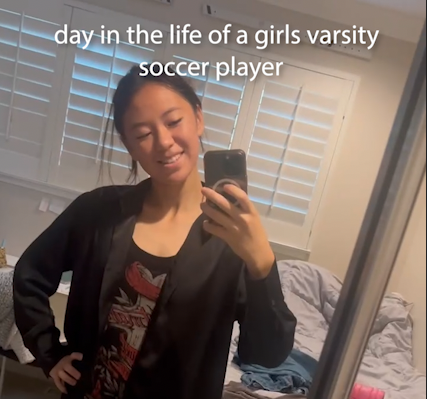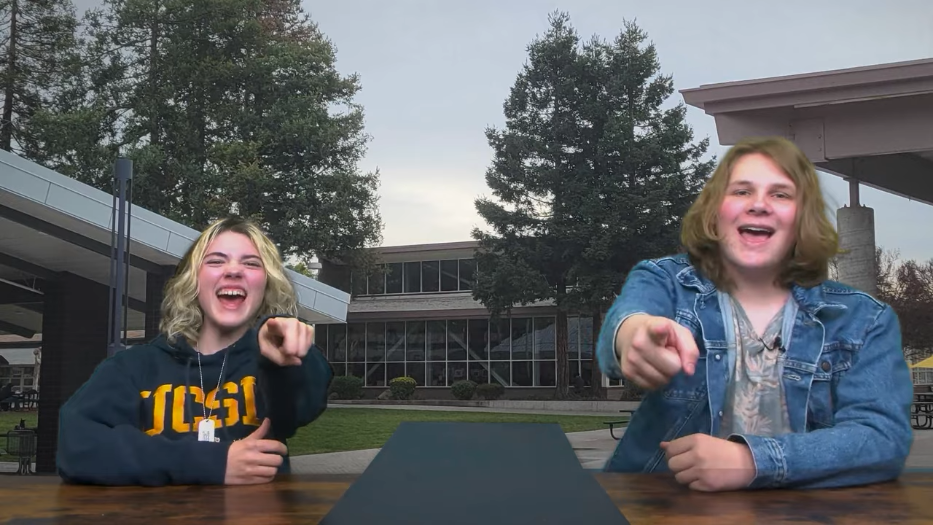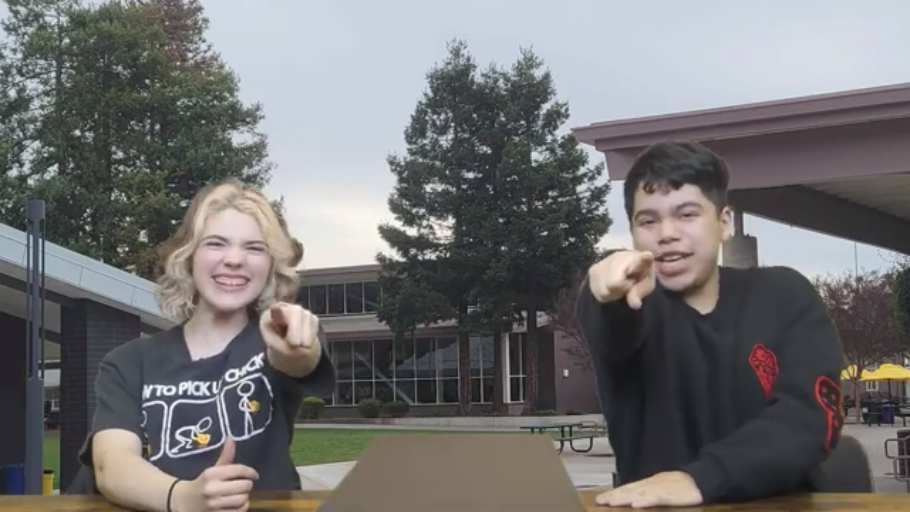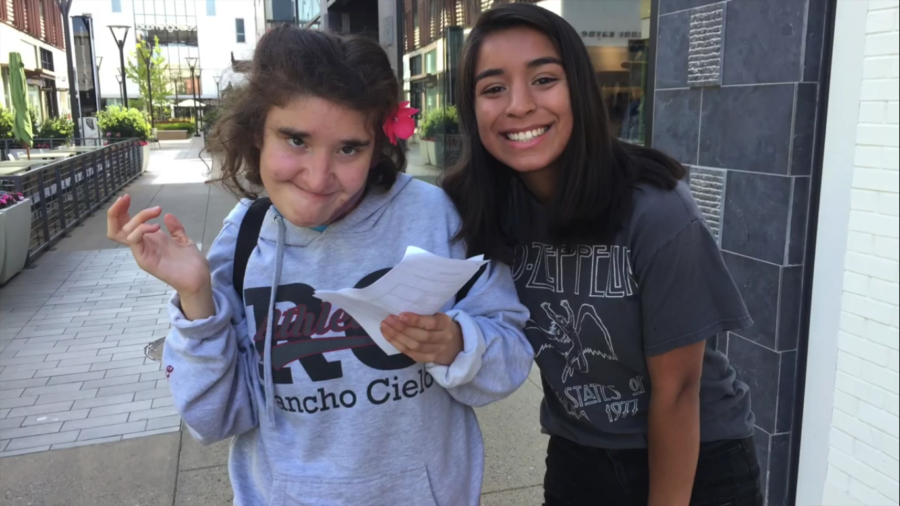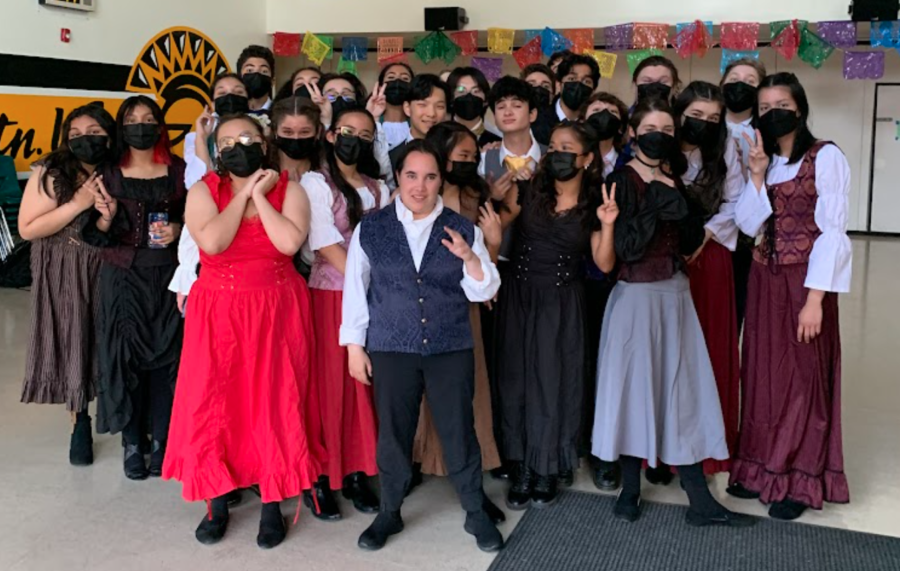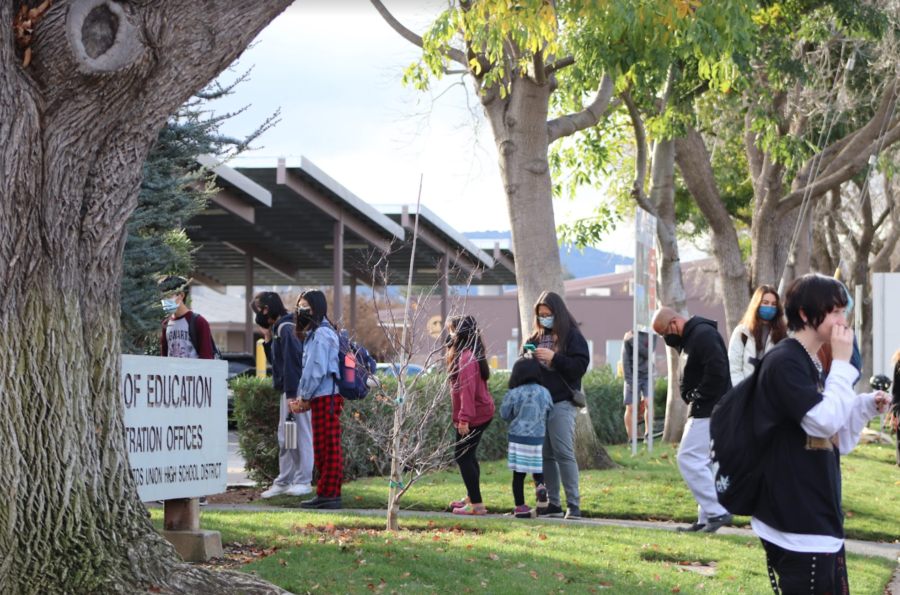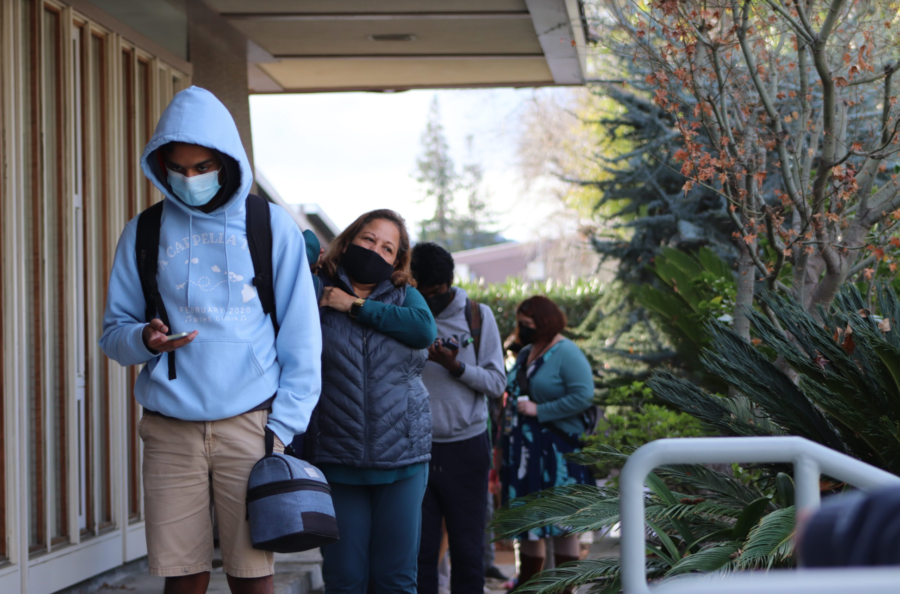Online learning poses a steeper challenge to convert to more interactive Special Education classes for students with mental and physical disabilities. Because much of the curriculum relies on in person guidance, Special Ed classes have been trying their best to provide as much support and regularity as possible to their students.
In order to maintain teacher-student interaction, students spend about two and a half hours a week on zoom calls. Teachers assign them about four to five assignments a day through google classroom.
The transition to online school has made the learning process problematic for students who require in person, extra help from teachers.

“It’s difficult to reach students who have a hard time communicating. For people with social anxiety, online learning may play towards their strengths, but for many kids, it’s hard to get all their work finished,” Special Education teacher Seamus Quillinan said.
Additionally, technological issues are common; websites crash often and uploading work is not always a smooth, reliable process.
“Some of our students are non verbal or have very few verbal skills. So, they use a talker to talk and there are microphone problems,” Quillinan explained.
For Special-ed students like Alexis Morgan, watching video lessons instead of personally interacting with teachers makes it very difficult to stay engaged.
“There are good video lessons with good content, but sometimes it can get frustrating. They can be a bit long and she loses focus,” her mother Annie Morgan said.
Special Education student Philip Dworkin has similar difficulties with distance learning.
“We’re learning a lot of things. But when I started doing a worksheet and it got too hard, we started doing other stuff, my mom and me,” Dworkin said. “I notice we’ve been stuck at home for a while, but we just gotta be patient and wait until they say it’s safe.”
For people with social anxiety, online learning may play towards their strengths, but for many kids, it’s hard to get all their work finished
In order to continue their curriculum in the meantime, teachers have been posting more reading comprehension assignments. Before quarantine, some teachers would read the stories out loud, but now they are posted on google classroom.
“In a special ed room, the information is presented in different ways; visual, audio, sometimes a multi sensory approach. Now they’re missing out on the auditory part of it, and that’s important if you’re an auditory learner. You’re relying on just reading it twice,” Annie Morgan explained.
To make up for the decreased, in person guidance that special education students receive in a classroom, parents have had to step in and help. This puts a lot of pressure on them to match the help their child would typically have.
“[Alexis] is used to having instructional aids and teachers and those kind of people helping her that have a little bit more expertise than her mom does. Her mom is not a special ed teacher with a master’s degree in special education. She’s just her mom,” Annie said.
Although there are challenges, parents like Annie Morgan are grateful for the schools creative efforts to accommodate special education students.
“I’ve got to hand it to our special ed staff, they have had to come up with something so quickly to support each individualised learner. I can say that I’m happy and proud of everything they’ve done,” she said.
“We’re learning a lot of things. When I started doing a worksheet and it got too hard, we started doing other stuff, my mom and I,” Special Education student Philip Dworkin said. “I notice we’ve been stuck at home for a while, but we just gotta be patient and wait until they say it’s safe.”
Aside from curriculum, the inevitable decrease in social activity is a big concern for special education students and their parents. The special education department has been working hard to supplement any lost activities.
Spartan buddies, a club ran by Quillinan, focuses on bonding general education students with special education students. The club has been continuously providing the special education students with socializing opportunities throughout quarantine.
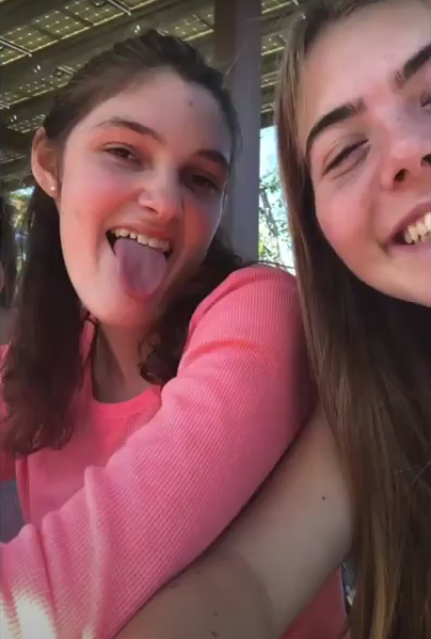
Meeting every Thursday, Spartan Buddy members meet in breakout rooms on Zoom where general education students can talk with buddies.
The weekly calls allow special education students to “have that one on one time, and still help foster that friendship that we created since the beginning of the school year,” said Paula Sias, a member of the Spartan Buddies board.
The bonds between the students are very genuine, and special education students like Alexis Morgan repeatedly expressed how they missed seeing their buddies.
“It is so meaningful and so important to each one of these kids to have a friendship of a typical peer, that program is just awesome,” Annie Morgan said.
Teacher and advisor Seamus Quillanin is appreciative of the great work Spartan Buddies has been doing to continue the club through quarantine.
Many people participate in Zoom calls with their buddies in small groups outside of the main meetings, giving special education students extra time to see their friends. Spartan Buddies is also thinking about doing summer meetings.
Adapting Special Education to be online has had its challenges, but the department is proud of its accomplishments.
“We’ve made the best out of a challenging situation, we’ve only gotten better,” Quillinan said. “We’re doing the best we can with the hand that we’re dealt.”

